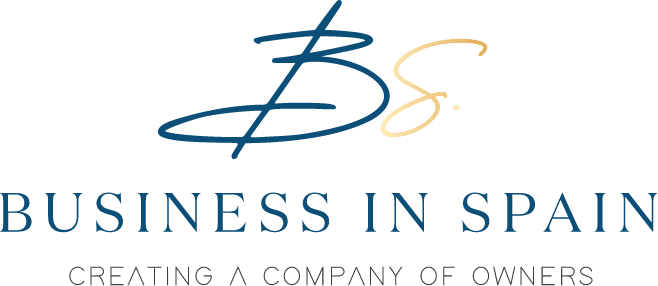
How long does it take for a business to become profitable? Key factors and timelines explained
When you consider starting a business, the first question that usually pops into your mind is: how long does it take for a business to become profitable? It's a very common question because, let's face it, we all want to see profits quickly. But, unfortunately, it's not that straightforward. There's no magical answer; it depends on various key factors, and today, we'll dive into these to help you set realistic expectations.
Factors Influencing Business Profitability
Understanding the factors that directly impact profitability will help you avoid disappointment, anticipate challenges, and make informed decisions.
Type of Business and Revenue Model
First things first: the type of business significantly affects how quickly you'll become profitable. Digital businesses, such as online stores or freelance services, usually require less initial investment and, therefore, often achieve profitability within a few months. Traditional brick-and-mortar businesses, like restaurants or retail stores, typically take one to three years due to higher startup costs and operational expenses.
Initial Investment and Operating Costs
If you decide to start big, with substantial initial capital and high monthly expenses such as rent, salaries, and maintenance, you'll need more patience before seeing positive returns. We always recommend closely monitoring your costs because surprises here can quickly turn unpleasant and challenging to resolve.
Marketing Strategy and Customer Acquisition
What happens when you have a solid marketing strategy? Things move faster. This may sound basic, but it's often overlooked initially. Quickly attracting and retaining customers makes a huge difference in how soon your business becomes profitable. Techniques like targeted online advertising, special promotions, or content marketing can significantly speed up the process—we've seen this firsthand.
Market Conditions and Competition
This is something you can't always control, but you must keep it in mind. Opening a coffee shop on a street with five existing cafes isn't the same as launching where there's no direct competition. Market conditions matter. Even if you can't always pick the perfect location, you can search for a less saturated niche.
When Does a Business Typically Become Profitable? Timelines by Sector
Traditional Businesses vs. Digital Businesses
- Traditional businesses: Usually take around 1 to 3 years to become steadily profitable.
- Digital businesses: Typically become profitable within less than a year, thanks to their lower cost structures and faster scalability.
Average Time to Recover Initial Investment by Sector
To give you a clearer idea:
- Restaurants and retail stores: usually between 18 months and 3 years.
- Ecommerce or tech startups: around 6 months to 1 year.
- Professional services and consulting: often profitable within less than a year.
Success Stories and Real-Life Examples
We often mention Zara because it’s a fantastic example of how effective inventory management and innovative commercial strategies can accelerate profitability. But we also have plenty of clients who, with smaller or digital businesses, have achieved profitability within just a few months. It’s pretty motivating!
How to Accelerate Profitability for Your Business
There's no magical formula, but some tried-and-tested strategies can certainly help speed things up.
Financial Strategies to Optimize Costs
- Negotiate better terms with suppliers—every bit of savings counts.
- Consider outsourcing non-essential services.
- Regularly review your operating expenses to identify potential savings.
- Use digital financial management tools to keep a close eye on your expenses.
The Importance of Solid, Scalable Planning
Sometimes we forget about planning thoroughly because we're excited to start our business. But initial planning can save you from numerous headaches later. Trust us—when exciting opportunities arise, a solid plan helps you seize them effectively.
Keys to Improving Customer Acquisition and Retention
- Offer appealing, limited-time promotions.
- Invest in well-targeted online advertising to avoid wasting money.
- Deliver outstanding customer service—nothing builds loyalty like a satisfied customer who recommends you to others.
- Utilize CRM systems to better understand your clients.
Signs Your Business is on the Right Track (Or Needs Adjustments)
Key Financial Indicators to Monitor
- Positive cash flow: If your income consistently exceeds expenses, you're doing well.
- Returning customers: Repeat customers indicate you're doing something right.
- Improvement in conversion rates: Selling more frequently to visitors is a strong positive indicator.
How to Know if You Need to Make Adjustments
If you notice you're not making progress, your numbers remain negative month after month, or things just seem stuck, it's time to pause and reconsider. It's not the end of the world, but you might need to adjust your marketing or business strategies.
Conclusion: How Long Until You Can Expect Profits, and What if They Take Longer?
Ultimately, businesses typically become profitable between 6 months and 3 years, depending on the type of business and management effectiveness. If your business is taking longer than expected, the best step is to pause, reflect, and find practical and effective solutions.
Remember, at Business in Spain, we're always here to help you accelerate this process. Don't hesitate to contact our expert team. We’d love to help your business succeed faster than you might imagine.









